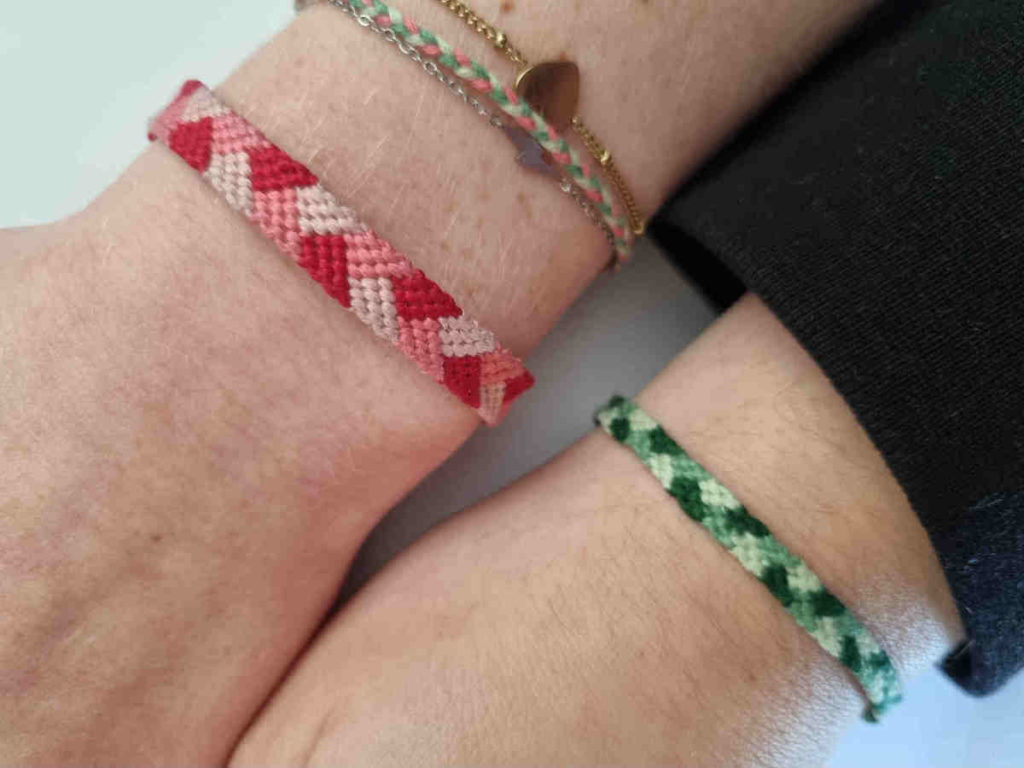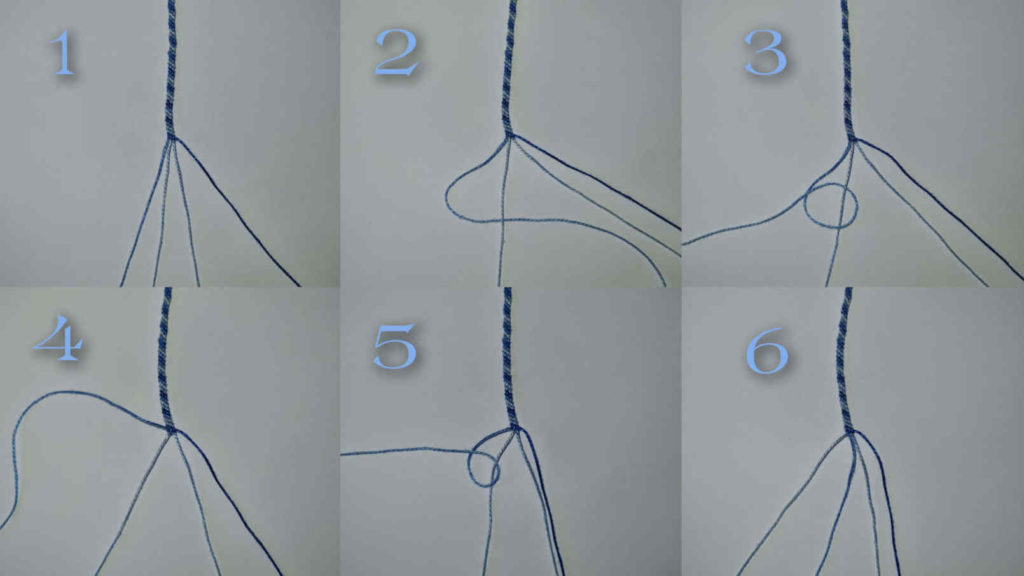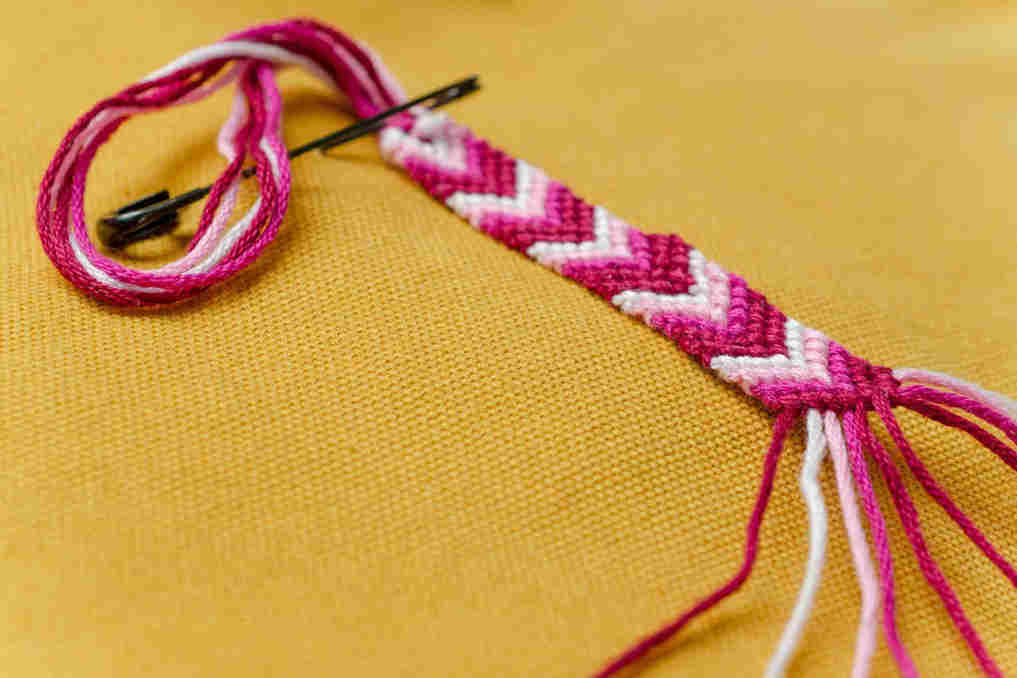
Everyone knows them. Everyone loves them. Friendship bracelets are wonderful gifts for your best friends, representing real friendship and love. You can buy them or even make them yourself; for that, just keep reading.
The history of decorative bracelets can be traced back to ancient times. Used by religious groups in political rallies, they originate in Central and South America. However, some decorative knots can also be traced back to China and Arabic countries from 481 to 221 BC.
The tradition behind friendship bracelets is what gives them their symbolic meaning and makes them so magical. It is usually made out of embroidery floss or thread, which makes it extremely long-lasting and hard to break. The simple half-hitch knot, on which every pattern is based, symbolizes a friendship that is strong and everlasting, just like the knot.
According to tradition, one ties a bracelet onto the wrist of a friend as a symbol of friendship. The friend who gets a bracelet may wish for something at that moment. Usually the bracelet is handmade, so it should be worn until it falls off by itself to appreciate the hard work that was put into making it. If you take the bracelet off yourself, the friendship is said to break soon. The moment it falls off on its own, the wish is supposed to come true.
To make your gift even more personal, there are some colors that stand for different personality traits. You can match the bracelet to the personalities of your friends. Pink stands for kind, red for honest, orange for energetic, yellow for cheerful, green for responsibility, blue for loyal, and black for strong.

For an easy first bracelet, I would recommend a candy-striped friendship bracelet. It is a simple pattern on which you can practice your knots. First, you will need three strands of embroidery floss, each 150 cm long. Fold them in half and make a normal knot at the looped end, creating a loop of about 1.5 cm at the end of the bracelet. It is easier to knot the bracelet when you tape this loop down on a table or chair, or if you pin it on a pillow or your pants.
The string on the far left is brought over the second sting, so it resembles the shape of the number four (2). Then it is pulled through the opening of the four (3) and pulled tight (4). These steps are repeated in the same manner with the same two pieces of string (5) to form two identical knots (6). This sequence is repeated. Tie a knot on the third string, and then on each successive string until the end of the row, always using the first string.
After that, use the new stitch on the farthest left to continue this process. Rows are added until the bracelet is long enough to fit around your wrist.
It must be said that the first few rows are the hardest, since you can’t see the pattern yet. Just keep going and trust the process.
At the point when your bracelet is finished, the stands are separated into two groups. Each group is braided until it is at least 8 cm long. Knot it and trim the ends.

Now you can put it on the wrist of your friend. Pull one braided end through the loop, and tie both braided ends together. Don’t forget to make a wish!
If you want to do more complex patterns, just practice the basic knot I explained to you earlier. With that, you can basically make everything. Chevron, hearts, double chevron, or even more complex patterns. Just keep in mind that the more complex the pattern, the more sting you will need.
To give your friendship bracelet a personal twist, it is also possible to use different materials like silk, linen, cord, or string. You might also want to try adding beads or other ornaments. It is a great way to get creative with what you have at home and, at the same time, do something for your loved ones.
I hope you have fun trying it out and bringing the old tradition back to life.
Sources:
https://www.jewelslane.com/blog/the-origin-meaning-and-importance-of-friendship-bracelets (Jewelslane, 09.02.2023)
https://www.braceletbook.com/history/ (Jakub Kleň, 09.02.2023)

